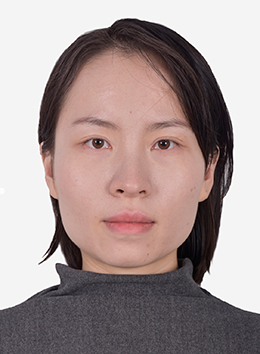
搜索网站、位置和人员

新闻与活动 活动信息
物理主题学术讲座Physics Seminar | Xueyang SONG: Phase transitions out of fractional quantum Hall states and signatures from density wave halo around anyons
时间
2025年4月2日(星期三)
16:00-17:30
地点
云谷校区E10-211教室
主持
西湖大学物理系PI 朱伟
受众
全体师生
分类
学术与研究
物理主题学术讲座Physics Seminar | Xueyang SONG: Phase transitions out of fractional quantum Hall states and signatures from density wave halo around anyons
Time:16:00-17:30, April 2nd,2025
时间:2025年4月2日16:00-17:30
Host: Prof. Wei Zhu, PI of School of Science, Westlake University
主持人: 西湖大学物理系PI 朱伟
Venue: E10-211, Yungu Campus, Westlake University
地点: 云谷校区E10-211教室
Lecture Language: English
讲座语言: 英文

宋雪洋教授
香港科技大学
主讲人/Speaker:
Xueyang Song grew up in north China and attended the Asian Physics Olympiad at high school. She got her Bachelor of Science from Peking University, and PhD in physics from Harvard University, under the supervision of Ashvin Vishwanath. Before joining HKUST, she was a Moore postdoctoral fellow at Massachusetts Institute of Technology. She is interested in theoretical condensed matter physics, in particular strongly correlated systems. Quantum phenomena like fractionalization and gauge structures can emerge in condensed matter systems, such as frustrated quantum magnets, fractional quantum Hall states and high-temperature superconductors. She focuses on effective low-energy descriptions of the correlated phases, phase transitions and general constraints on entangled phases of matter, from the perspective of symmetry, anomaly and topology. Her research makes extensive use of effective field theory, as well as lattice models, through a combination of analytical and numerical methods. She recently investigated the possible exotic phases realized on 2D tunable platforms such as Moire systems by stacking and twisting thin films.
摘要/Abstract:
Motivated by the experimental breakthrough in Moire systems and 2D materials, we discuss quantum Ginzburg-Landau theory for transition between fractional quantum Hall and density wave insulators. The fractional filling plays key role and the vortices carry projective momenta resulting in the charge density wave. A direct consequence from the critical theory is that anyons nucleate charge density wave halo as one approaches the critical point. This could be measured through STM and is a direct way to probe charge fractionalization.
School of Science, Zeyuan LI, Email: lizeyuan@westlake.edu.cn

















